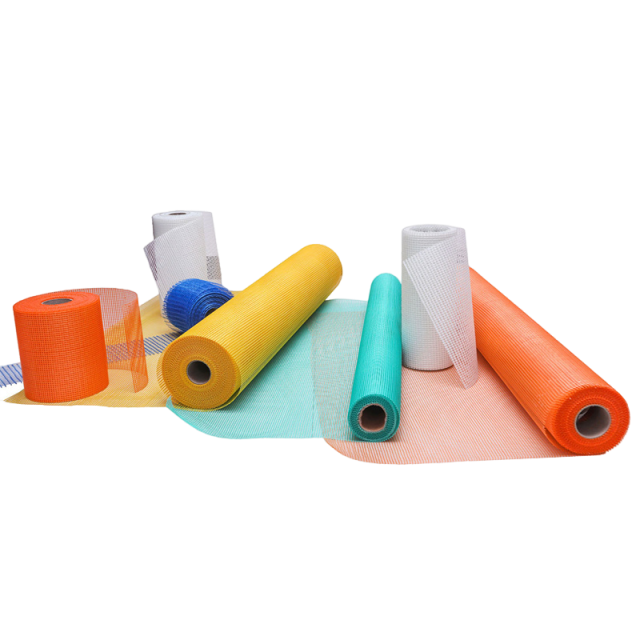fiberglass
Time:
2025-03-20

**Fiberglass**
Fiberglass is a versatile and widely used material that has revolutionized various industries since its inception in the 1930s. It is composed of fine glass fibers that are woven together to create a strong and lightweight composite material. The unique properties of fiberglass make it an ideal choice for applications ranging from construction to automotive manufacturing, and even in recreational products. This article will explore the history, manufacturing process, properties, and applications of fiberglass, as well as its advantages and disadvantages.
The history of fiberglass dates back to the early 20th century when it was first developed by the American engineer and inventor, Russell Games Slayter. He created the first fiberglass product in 1932, which was primarily used for insulation purposes. However, it wasn't until the 1930s and 1940s that fiberglass gained popularity as a composite material for various applications. During World War II, fiberglass was used in aircraft production due to its lightweight and durable properties. After the war, the material found its way into consumer products, leading to a surge in its use across multiple industries.
The manufacturing process of fiberglass involves several steps. First, raw materials such as silica sand, limestone, and soda ash are melted together to form glass. This molten glass is then drawn into thin fibers through a process called fiberization. The fibers are collected and woven into mats or combined with resin to create composite materials. There are different types of fiberglass, including E-glass (electrical grade) and S-glass (structural grade), each with specific properties suited for various applications. The combination of glass fibers and resin results in a material that is not only strong but also resistant to corrosion, moisture, and UV radiation.
One of the most significant advantages of fiberglass is its high strength-to-weight ratio. This means that fiberglass can provide the same strength as metals while being significantly lighter. This property is particularly beneficial in industries such as aerospace and automotive, where reducing weight is crucial for improving fuel efficiency and performance. Additionally, fiberglass is non-corrosive and resistant to chemicals, making it suitable for use in harsh environments. It also has excellent thermal insulation properties, which can be advantageous in construction and HVAC applications.
Fiberglass is used in a wide range of applications across various industries. In the construction sector, it is commonly used for roofing, insulation, and reinforcement in concrete structures. Its lightweight nature allows for easier handling and installation, while its durability ensures a long lifespan for building materials. In the automotive industry, fiberglass is used in the production of body panels, bumpers, and other components, providing both aesthetic appeal and functional benefits. Recreational products such as boats, surfboards, and swimming pools are also frequently made from fiberglass due to its ability to withstand water exposure and harsh weather conditions.
Despite its numerous advantages, fiberglass is not without its drawbacks. The production of fiberglass can have environmental impacts due to the energy-intensive processes involved and the use of chemicals in resin production. Additionally, while fiberglass itself is durable, it can be brittle and prone to cracking under certain conditions. This brittleness can limit its use in applications that require flexibility and impact resistance. Furthermore, the fine glass fibers can pose health risks if inhaled, leading to respiratory issues, which is why proper safety precautions are essential during manufacturing and installation.
In conclusion, fiberglass is a remarkable material that has transformed various industries with its unique properties and versatility. Its history, manufacturing process, and applications demonstrate its significance in modern society. While it offers numerous advantages, it is essential to consider the environmental and health impacts associated with its production and use. As technology continues to advance, the development of more sustainable and safer fiberglass products may further enhance its role in the future. Whether in construction, automotive, or recreational products, fiberglass remains a vital material that continues to shape our world.
Share





